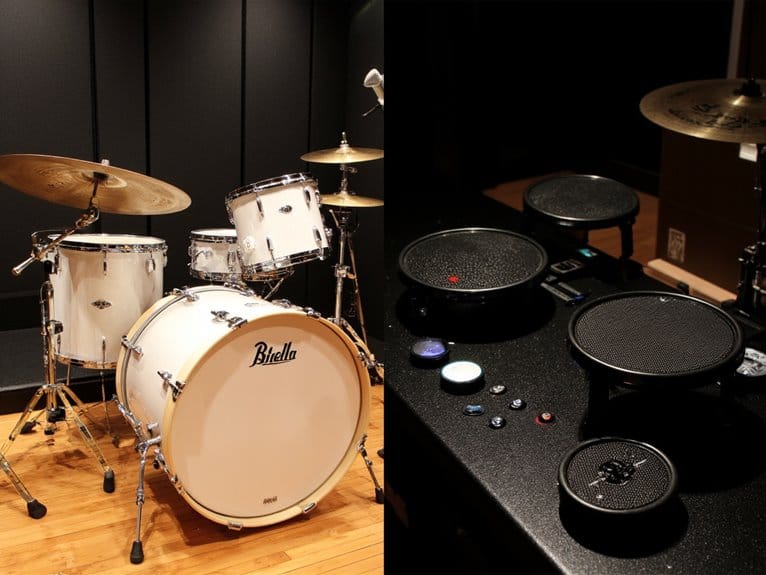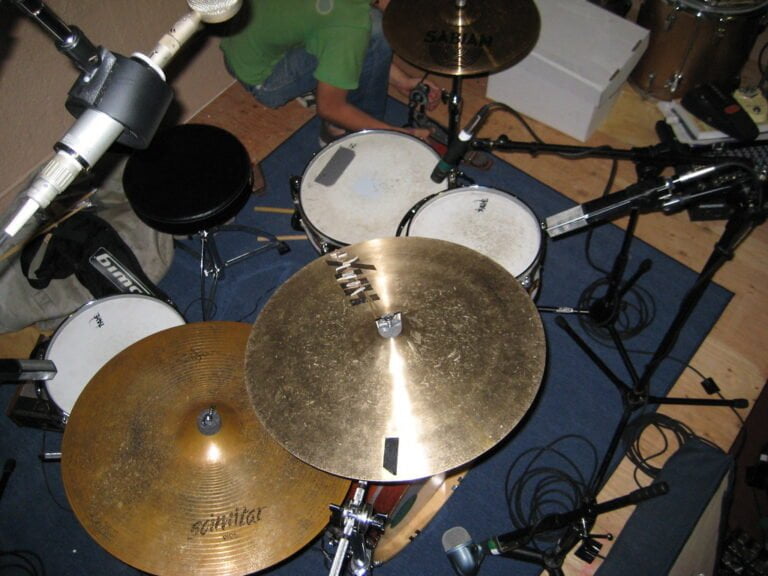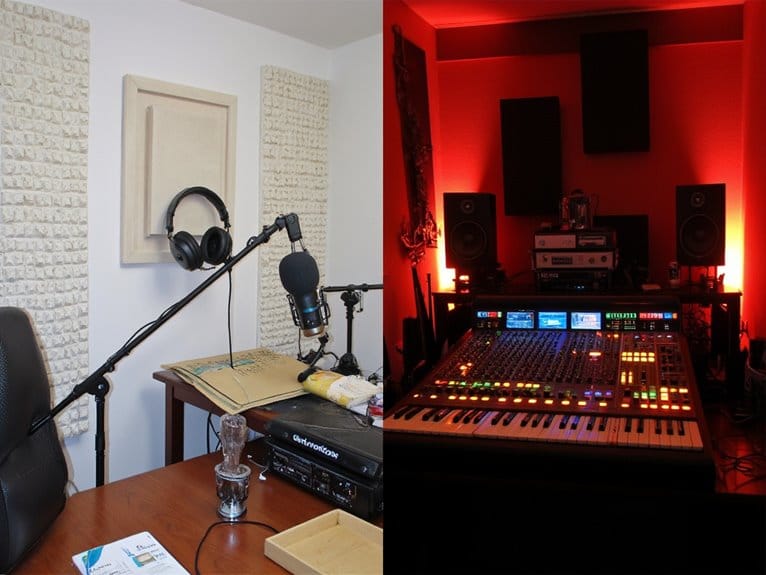Is Electric Cello Easier to Play?
While the electric cello boasts a lighter weight, adjustable neck, and compact design, making it more comfortable to play, its unique characteristics don't necessarily make it easier to master. In fact, it demands a high degree of technical precision, adaptability, and nuanced touch to produce a rich, expressive sound. The electric cello requires a willingness to rewire practice habits, adjust bowing styles, and develop a sensitive approach to avoid tendon strain. As you venture the world of electric cello, you'll discover a new domain of sonic possibilities – and a few surprises along the way.
We are supported by our audience. When you purchase through links on our site, we may earn an affiliate commission, at no extra cost for you. Learn more.
Weighing the Advantages
With its unique fusion of traditional cello playing techniques and modern electronic capabilities, the electric cello offers a multitude of advantages that set it apart from its acoustic counterpart. One significant benefit is its ability to meet individual playability expectations. The electric cello's lighter weight and adjustable neck allow for a more comfortable playing experience, reducing fatigue and strain. Additionally, the instrument's electronic capabilities enable players to tailor their sound to personal preferences, from subtle amplification to bold, effects-driven tones. By catering to individual needs and preferences, the electric cello opens up new avenues for creative expression and musical exploration, making it an attractive option for cellists seeking a more versatile and adaptable instrument.
Electric Cello Size Matters
Beyond the comfort and tonal flexibility it offers, the electric cello's compact design and varied size options also make it an attractive choice for players who require an instrument that can adapt to their physical needs and performance settings. The electric cello's smaller size allows for improved cello ergonomics, enabling players to maintain ideal body alignment and avoid strain on the back and shoulders. This is particularly beneficial for younger or smaller players who may struggle with the bulkiness of traditional acoustic cellos. With sizes ranging from 1/4 to full-scale, electric cellos cater to a wide range of players, ensuring a comfortable and enjoyable playing experience.
Finger Pressure and Pain
In the quest for ideal tone and expression, electric cello players often find themselves walking a fine line between applying sufficient finger pressure and avoiding the pitfalls of pain and fatigue. The electric cello's lower action and lighter strings can be a blessing, but they also require a more delicate touch to avoid tendon strain. Finger fatigue becomes a real concern when playing with excessive pressure, leading to a vicious cycle of discomfort and poor technique. It's essential to develop a sensitive, nuanced approach to avoid these issues, allowing for expressive playing without sacrificing physical comfort. By finding this balance, electric cello players can enjoy a pain-free playing experience, releasing the full potential of their instrument.
Amplification and Sound Quality
Harnessing the electric cello's sonic potential hinges on mastering the complex interplay between amplifier settings, pickup placement, and tone-shaping effects. A delicate dance of volume controls, tone shaping, and EQ adjustments is required to release the instrument's full sonic range. With the electric cello, tone is not just a product of the player's technique, but also of the equipment used to amplify and process the sound. By understanding how to wield these tools, electric cellists can craft a rich, expressive sound that rivals their acoustic counterparts. With practice and patience, the electric cello can produce a staggering array of tonal colors, from warm and mellow to bright and aggressive. By mastering amplification and sound quality, electric cellists can access a world of sonic possibilities.
Technique and Unique Challenges
Nuance is the electric cellist's constant companion, as the instrument's unique sonic properties and amplified nature demand a high degree of technical precision and adaptability. The electric cello's sensitivity requires a delicate touch, making subtleties like vibrato control and bowing styles vital for expressive playing. Here are three key technical challenges to master:
- Vibrato control: Electric cellos can amplify even the slightest vibrato inconsistencies, making it essential to develop a precise, controlled vibrato technique.
- Bowing styles: The electric cello responds differently to various bowing styles, requiring cellists to adapt their techniques to achieve the desired tone and articulation.
- Dynamic range: The instrument's amplified nature means that even slight changes in bow pressure or placement can drastically affect the overall dynamic range, demanding a keen sense of touch and control.
Learning Curve and Adaptation
The electric cellist's steep learning curve is a rite of passage, requiring a willingness to adapt to the instrument's unique demands and to rethink traditional techniques. As cellists shift from acoustic to electric, they must rewire their practice habits to accommodate the instrument's distinct characteristics. Muscle memory, developed over years of playing the acoustic cello, can initially hinder progress on the electric. However, with dedicated practice and a willingness to adapt, electric cellists can overcome these challenges and access the instrument's full potential. By rethinking traditional techniques and developing new practice habits, electric cellists can harness the unique sonic capabilities of their instrument, revealing a world of new sounds and possibilities.
Physical Demands Compared
One of the most significant differences between acoustic and electric cellos lies in their physical demands, with the electric cello requiring a distinct set of physical adaptations that can be both liberating and challenging for cellists.
Three key physical demands to ponder:
- Posture adjustments: Electric cellos are often lighter and more compact, allowing for more relaxed posture and reduced strain on the back and shoulders.
- Hand positioning: The electric cello's neck and body shape require adjustments in hand positioning, which can take time to get used to, but can also lead to improved technique and comfort.
- Right-arm movement: The electric cello's smaller body and lack of resonance chamber mean less right-arm movement is required, making it easier to play for extended periods.
Sound Production Differences
While the physical demands of electric cellos may differ from their acoustic counterparts, the real magic happens when we explore into the profound impact of electrification on sound production, where the absence of a resonance chamber dramatically alters the tone, timbre, and overall sonic experience. This shift affects the way we approach bowing technique, as the electric cello requires a more subtle, nuanced touch to produce a rich, full sound. The tonal resonance is also markedly different, with electric cellos often producing a brighter, more aggressive tone. This can be both a blessing and a curse, offering new sonic possibilities while also requiring adjustments to playing style. By understanding these differences, electric cello players can release the full potential of their instrument and create a truly unique sound.






